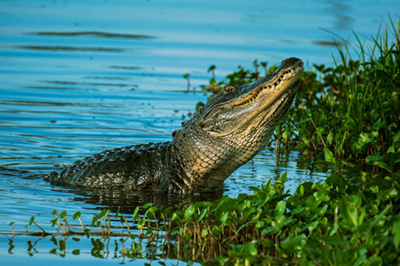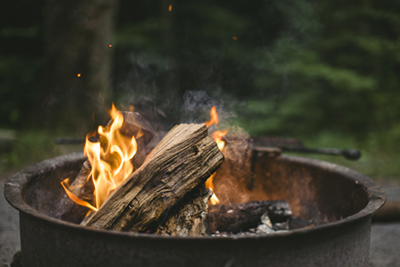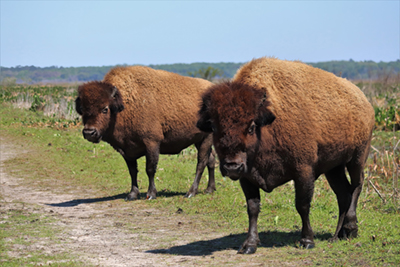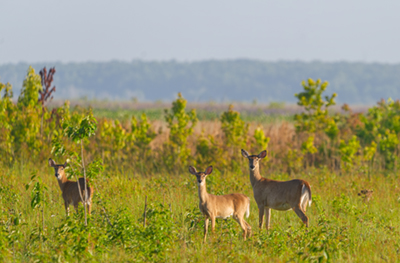
“You see a lot of bird watchers and photographers who like to go there,” says Anna Duhame, Showcase Graphic Designer and a frequent visitor herself.With over 270 species of avians, the preserve is a veritable mecca for amateur and professional ornithologists. “They’re always looking through binoculars or the lens of a camera, and they’re absolutely engrossed. It’s as fascinating to watch them sometimes as it is the birds.”

“I like the Sweetwater Trail a lot; it’s more developed and easier to navigate. But I think my favorite is the La Chua Trail. That’s the one where you can get up close enough to see alligators.” Although, she hastens to add, at a distance: “You have to stay back about 25 feet, which honestly, is a really good idea. Getting any closer than that would be too dangerous, because those things are fast. (and have a bite force PSI of 2000Ibs! – Editor) But you can still see them really well. They’re fascinating.”

Like a lot of people, she doesn’t necessarily consider herself an eco-warrior, but you don’t have to be. Being environmentally active and understanding sustainability involves a wide spectrum of action and practice – from learning about biodiversity and native ecosystems to simply throwing your trash away and cleaning your campsite. There’s no one, singular way of being ‘green’. A lot of it is just immersing yourself in a natural setting, observing it, enjoying it – and leaving it alone so that the next person who comes along can do the same thing.
Anna has camped at the Preserve with her family on several occasions, and has taught her kids to respect and take care of where they are.
“We’re careful to keep our food contained, and we make sure to know the rules about campfires and how much noise we can make – which doesn’t sound important, but we want to be respectful of other campers AND the wildlife, which is the main draw for me,” she explains. “The last thing you want to do is scare the animals away so that you never see them.”

“They’re not always at a distance!” Anna laughs. “You can round a corner and boom! There’s a wild horse right there looking at you. It’s great; you’re fine as long as you don’t try to approach or bother them. Just look, or take a picture, and move on. That’s preservation and conservation in action.”

“It’s just so wide open, fresh air, big sky, and seeing the animals in a natural habitat. You see students there, senior citizens, people from all ages and walks of life.” Duhame says. “Most of them are like-minded and respectful of the conservation and environment, and they’re there to enjoy what’s being preserved.”
If you’d like to discover more parks and trails in the Gainesville area be sure to check out our helpful guide located here:
Curious about what’s for sale in the Gainesville – Alachua County area? Look no further! From single-family homes of all shapes and sizes, pool homes, waterfront escapes, and everything in between, Alachua County has it all!